Get PeakVisor App
Sign In
Search by GPS coordinates
- Latitude
- ° ' ''
- Longitude
- ° ' ''
- Units of Length

Yes
Cancel
Share ×

Scan the QR code and open PeakVisor on your phone
❤ Wishlist ×
Choose
Delete
The City of Cape Town lies on the Cape Peninsula at one of the southernmost points of the African continent, straddling the confluence of the Atlantic and Indian Oceans. The city is the cultural and ecological capital of South Africa, with five million residents nestled amongst the Cape Floral Kingdom, one of the most biodiverse regions on Earth. There are 130 named peaks in Cape Town; Somerset-Sneeukop (1,590 meters / 5,217 ft) is the highest, while Table Mountain (Maclear's beacon) is the most prominent.
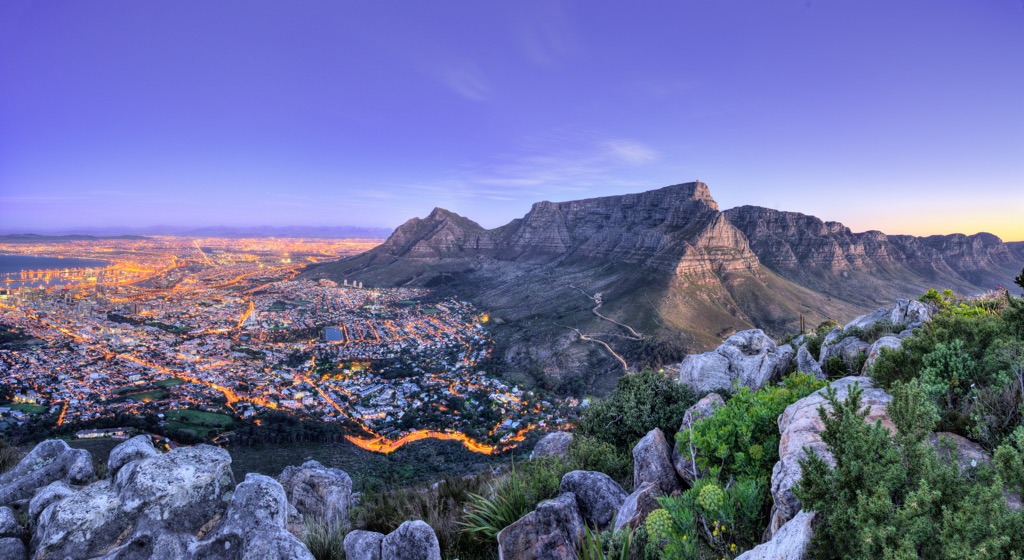
Cape Town is situated at the northern tip of the Cape Peninsula, approximately 50 km (30 mi) north of the Cape of Good Hope. Natural landmarks flank the capital of South Africa’s Western Cape province. Table Mountain overlooks the city, with its plateau rising 1,086 meters (3,563 ft) high. The flat-topped mountain is surrounded by near-vertical cliffs, including Devil’s Peak and Lion’s Head.
These three notable peaks are situated in Table Mountain National Park and form part of a more extensive range known as the Cape Fold Mountain Belt. Over 70 peaks of this sierra extend more than 1,000 meters (3,281 ft) and fall within the vicinity of the city of Cape Town.

Cape Town showcases a diverse coastline featuring rugged cliffs, sandy beaches, and picturesque bays. The Atlantic Ocean coastline, including popular beaches like Clifton and Camps Bay, is known for its chilly waters and strong currents, while the warmer waters of False Bay, on the eastern side of the Cape Peninsula, offer beaches like Muizenberg and Fish Hoek.
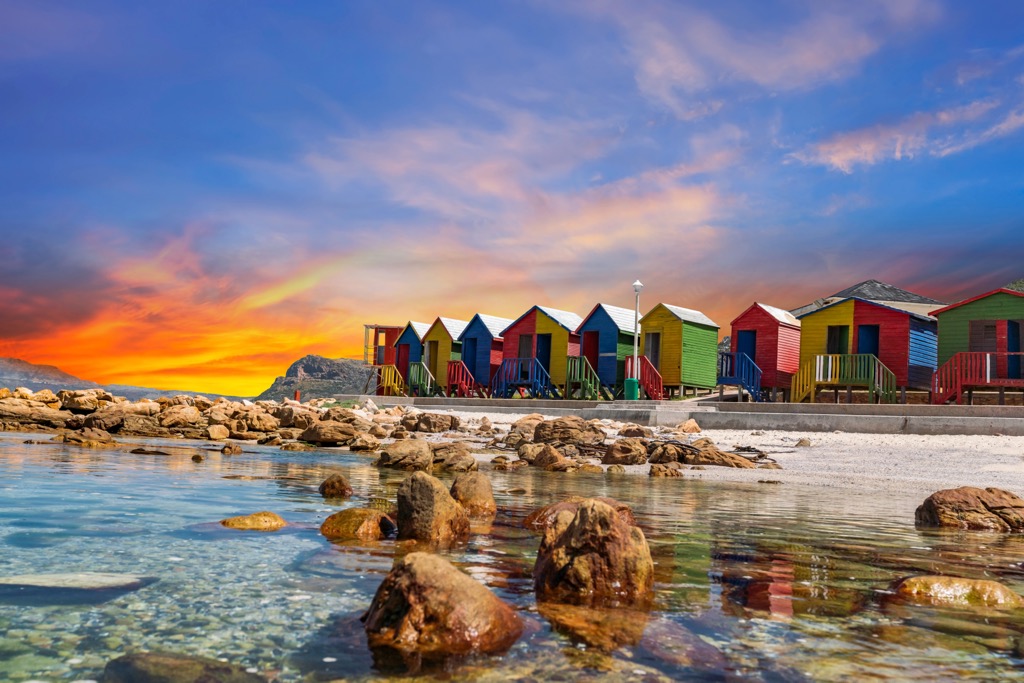
Cape Town experiences a rare Mediterranean climate, known for its mild, wet winters and warm, dry summers. However, microclimates exist within the region due to the varied terrain, with temperatures and precipitation levels often differing between coastal and inland areas.
Like many Mediterranean regions, the climate is conducive to agriculture, especially the production of grapes. Just beyond the city limits lies the Cape Winelands, renowned for its vineyards, historic towns, and scenic landscapes. Towns like Stellenbosch, Franschhoek, and Paarl are famous for their wine production and attract visitors with their mountainous settings and world-class wine estates.
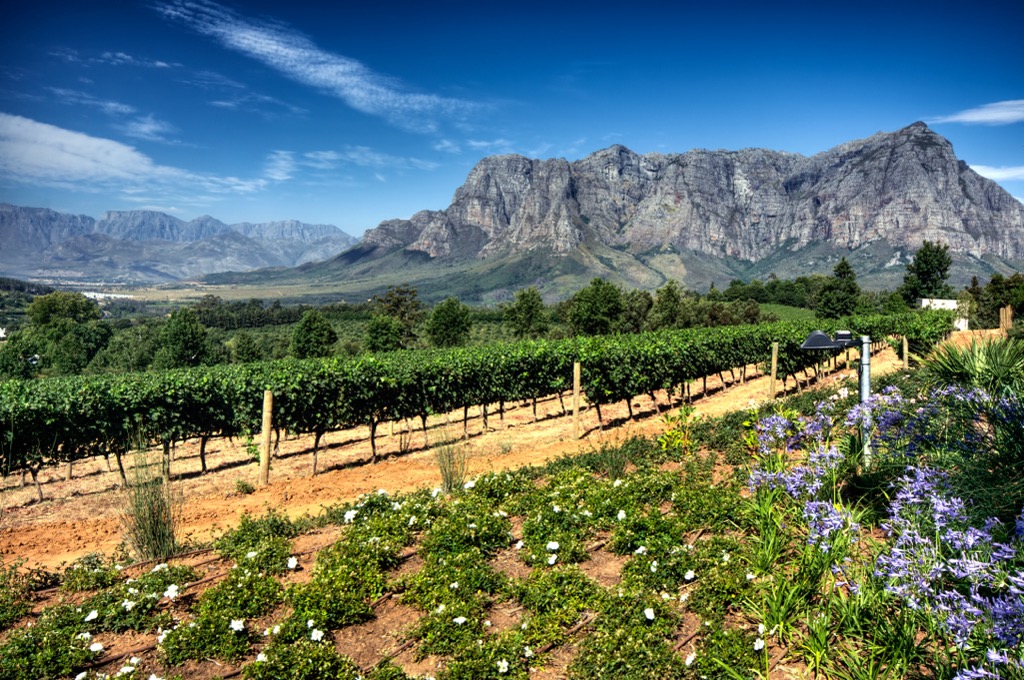
The Cape Floral Region, which encompasses the area around Cape Town, is one of the world's richest biodiversity hotspots and displays an extraordinary spectrum of plant and animal life, with many species unique to this region. Table Mountain alone boasts an astonishing array of endemic floral species.
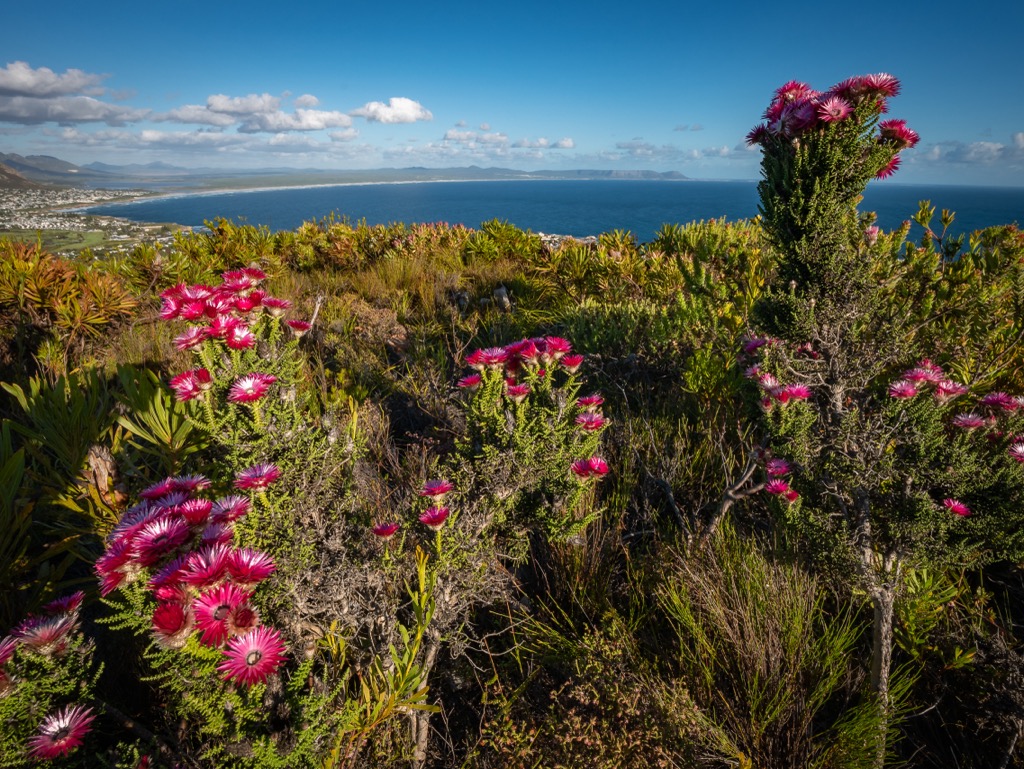
One of Cape Town's most iconic features, Table Mountain, is primarily composed of horizontally layered sandstone, known as the Table Mountain Sandstone, formed during the Permian period around 280 million years ago. The sand was initially deposited by ancient rivers before being compressed and later uplifted and folded by tectonic forces.

Cape Town’s mountain range, the Cape Fold Belt, extends from the Cape Peninsula along the south and southwestern coastline for 850 km (528 mi). It is characterized by a series of parallel folds and thrust faults, formed during the late Paleozoic era around 300 million years ago as a result of the collision between the ancient supercontinents of Gondwana and Laurasia. The rocks within the Cape Fold Belt include a variety of sedimentary formations, such as sandstones, shales, and limestones, which were deformed and uplifted by the tectonic forces.
Granite intrusions are common in the Cape Town area and were formed during the late Paleozoic to early Mesozoic era, around 300 to 150 million years ago, as molten magma intruded into the existing rock formations. Over time, erosion has exposed these granite intrusions, creating dramatic landscapes such as the granite outcrops of the Cape Peninsula.
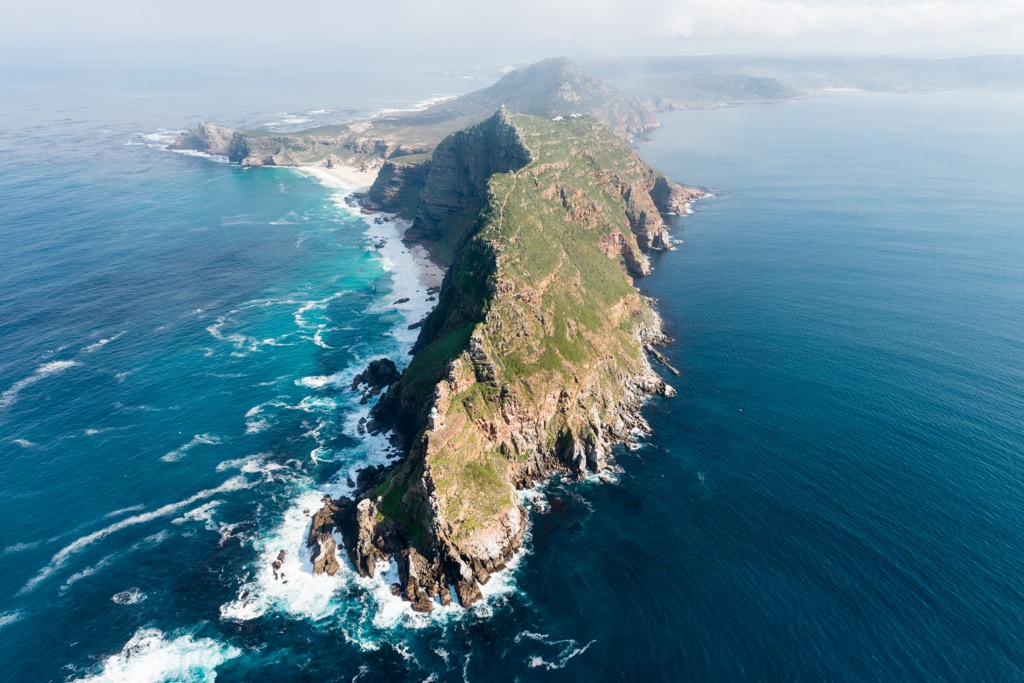
Cape Town's coastline exhibits various geomorphological features, including sandy beaches, rocky cliffs, and coastal dunes. The terrain is shaped by a combination of factors, including wave action, erosion, and sediment deposition.
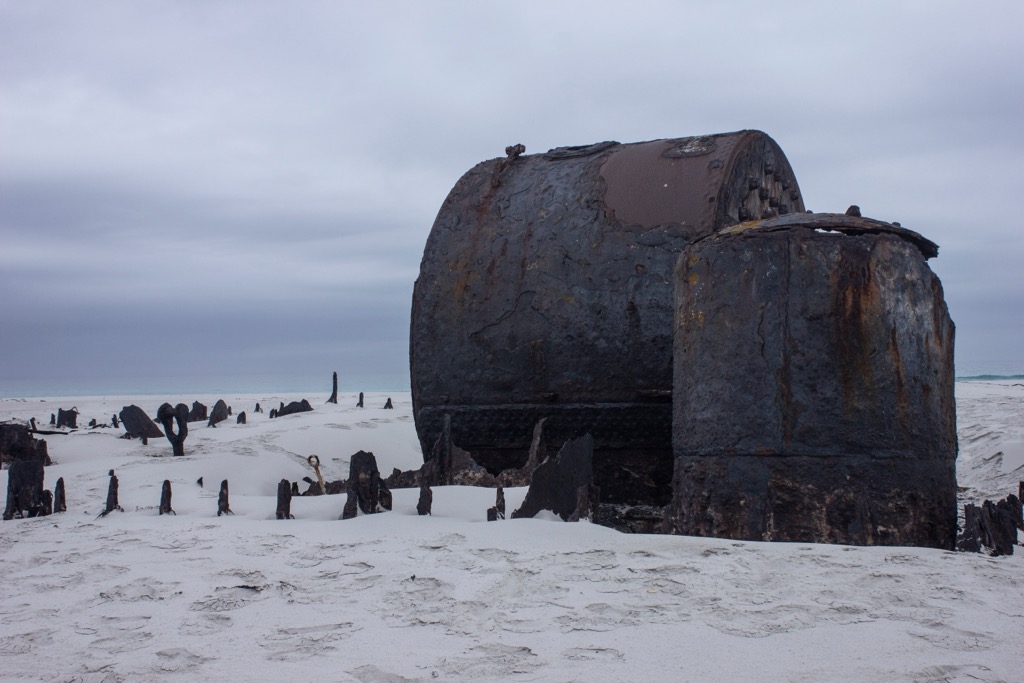
Cape Town is renowned for its remarkable biodiversity, hosting a variety of ecosystems within its relatively small area. One of the most distinctive features of Cape Town's ecology is the Fynbos biome, a Mediterranean-type shrubland known for its high species diversity and endemism. Fynbos vegetation dominates the landscape, comprising species such as proteas, ericas, and restios.
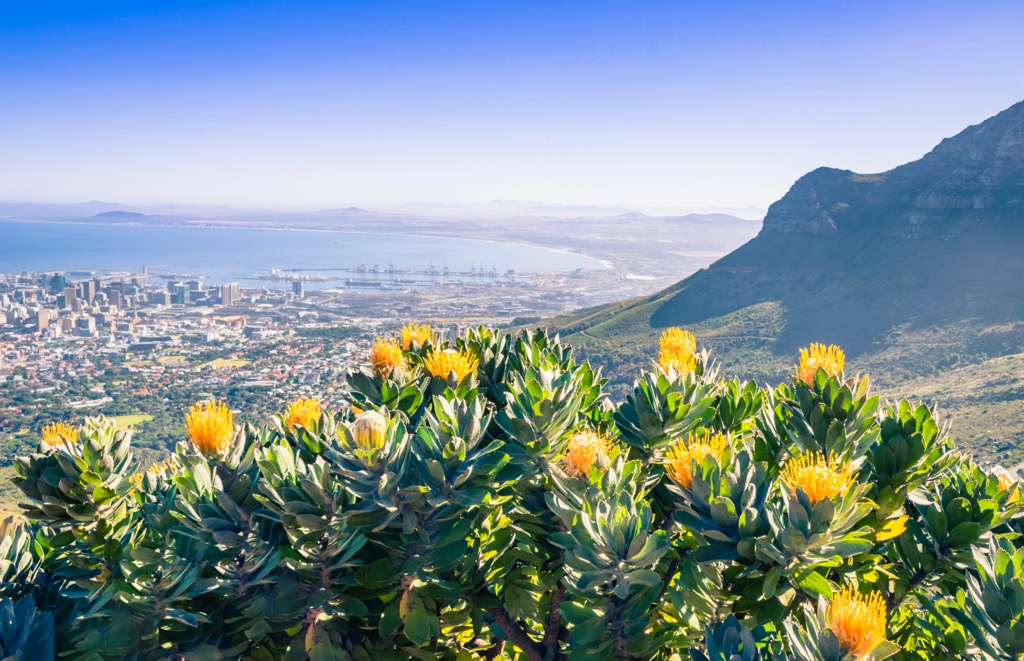
Cape Town has implemented various protected areas, such as Table Mountain National Park, Kirstenbosch National Botanical Garden, and numerous nature reserves to preserve this unique biome.
The waters surrounding Cape Town are part of the rich Benguela Current system, characterized by nutrient-rich upwelling that supports thriving marine life. These waters are home to diverse fish species, marine mammals, as well as seabird colonies along the coast.

The Cape Town area has been inhabited for thousands of years, with evidence of Khoisan hunter-gatherer communities dating back around 15,000 years. These indigenous people, comprised mainly of the Khoi and San groups, lived off the land and sea, leaving rock art and tools as a testament to their existence.
In 1652, the Dutch East India Company laid the groundwork for a European presence in the Cape of Good Hope. The original Dutch settlement grew into a bustling trading post, accruing settlers from Europe as well as slaves from Africa and Asia.
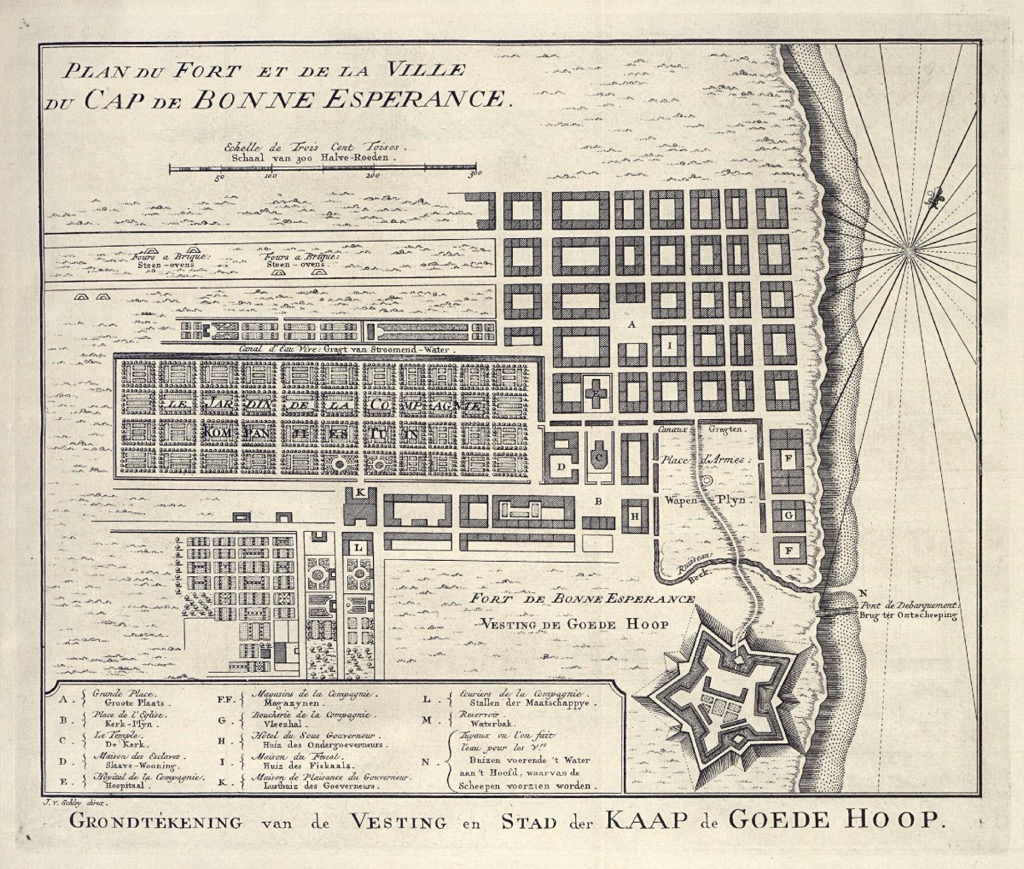
In 1795, the British Empire seized control of the Cape Colony to prevent it from falling into French hands during the Napoleonic Wars. Although the Dutch briefly regained control, the British permanently annexed the Cape in 1806. Under British rule, Cape Town flourished as a strategic port city and the administrative capital of the Cape Colony.
Two centuries later, Cape Town was at the forefront of the anti-apartheid movement, with significant protest movements, including the 1960 Sharpeville Massacre and the 1976 Soweto Uprising. At that time, Robben Island, situated 7 km (4 mi) off the coast of Cape Town, served as a high-security prison where political activists opposing apartheid were detained. Notable prisoners were Nelson Mandela and Walter Sisulu. Their persistent activism bore fruit when apartheid laws were abolished in 1990, paving the way for the landmark 1994 democratic elections, which saw Nelson Mandela ascend to the presidency as South Africa's first black president.
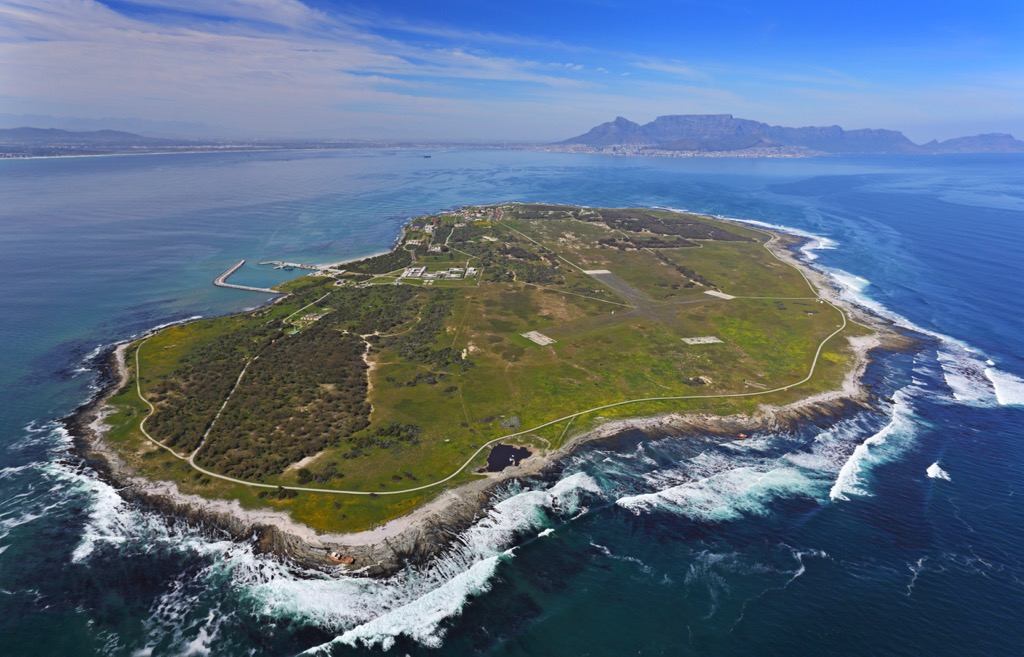
Platteklip Gorge is a popular hiking trail leading to the summit of Table Mountain. Most hikers opt for this trail as it's the shortest, easiest, and most direct route to the summit. From the upper cable station, it's just a 2.2 km (1.4 mi) walk to the summit, although there's an additional 700 meters (2,296 ft) for those wishing to explore further.
The trail follows a clearly marked path up a deep ravine on the mountain's iconic front face. Platteklip Gorge doesn't involve scrambling or exposure to heights, but it's still a steady uphill climb and shouldn't be underestimated. The terrain mainly consists of well-defined rock steps, zigzagging through the gorge via switchbacks. As hikers ascend, the gorge narrows, flanked by towering cliffs, creating a striking outlook of the city of Cape Town, Lion’s Head, and Robben Island in the distance.
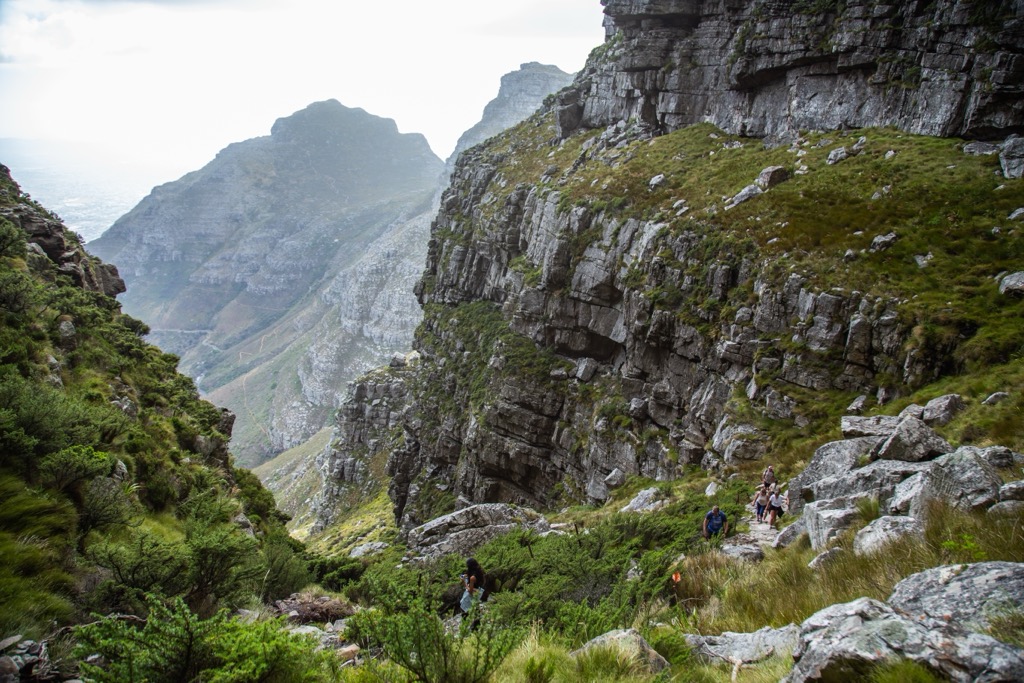
Lion’s Head is part of Table Mountain National Park and lies between Signal Hill and Table Mountain. The trail begins at Kloof Nek, only a few minutes from the city center, and spans approximately 5 km (3 mi), with an elevation gain of 369 meters (1,211 ft). The hike comprises three distinctive sections: an initially steep gravel path, followed by wide steps transitioning from gravel to rocks, culminating in a challenging ascent featuring ladders, staples, and chains leading to the summit.
While Lion’s Head is generally considered a moderately strenuous hike, those not accustomed to regular exercise may find the initial uphill climb and rock scrambling demanding. The panoramic views from Lion’s Head overlook Camp’s Bay, Sea Point, the Cape Peninsula, and the hills of Table Mountain, Signal Hill, and the Twelve Apostles.
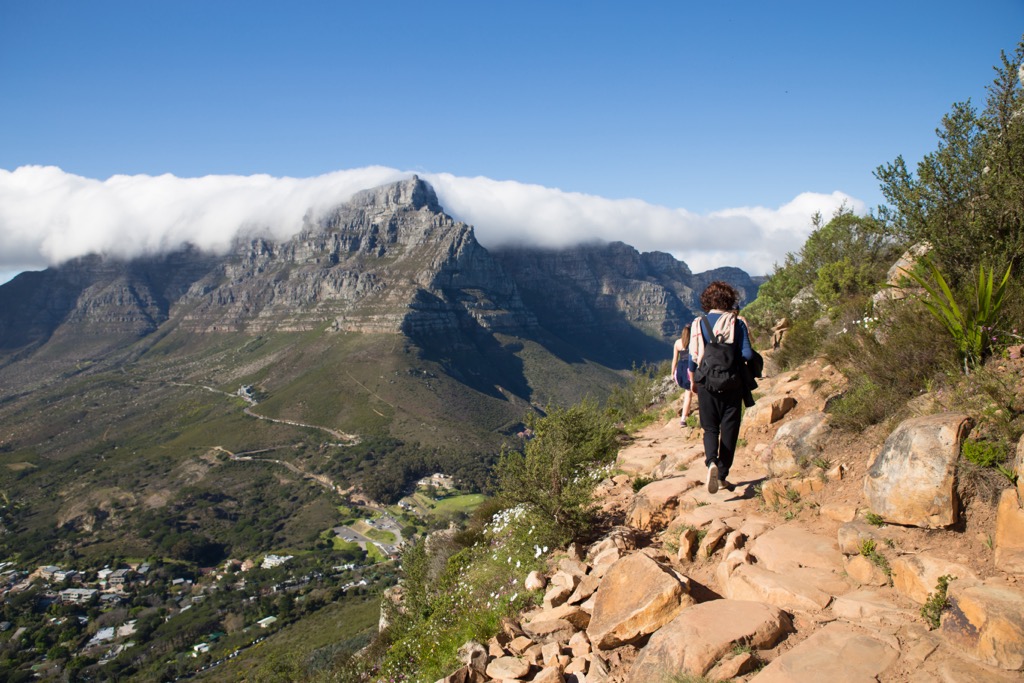
The Constantia Nek to Kirstenbosch trail is a 6 km (3.7 mi) hiking trail takes you from Constantia Nek to Kirstenbosch Gardens via the Contour Path. The path is well-signposted, making navigation straightforward. Highlights of the trail include a shady walk in the Cecelia Forest and encountering the Cape Floral Region, a UNESCO Heritage Site with over 70% of its flowers being endemic to Table Mountain.
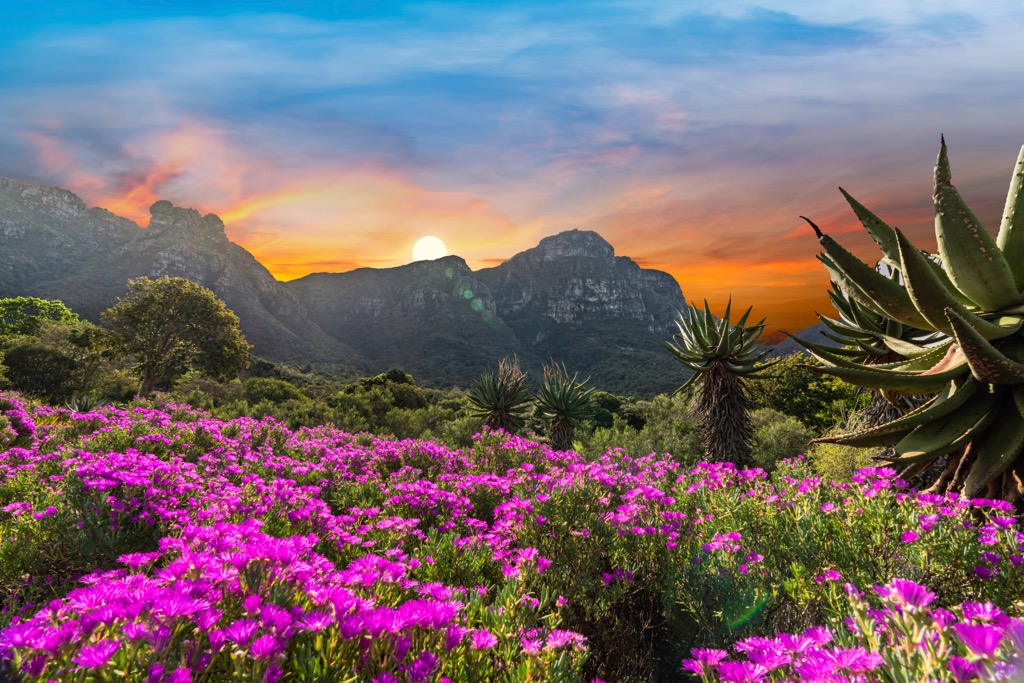
The Cape of Good Hope Trail is located within the Cape Point Nature Reserve in Table Mountain National Park. This scenic trail winds through rugged cliffs, pristine beaches, and fynbos-covered hills. Along the way, you’ll encounter remnants of shipwrecks, white sandy beaches, crystal-clear waters, and majestic cliffs.
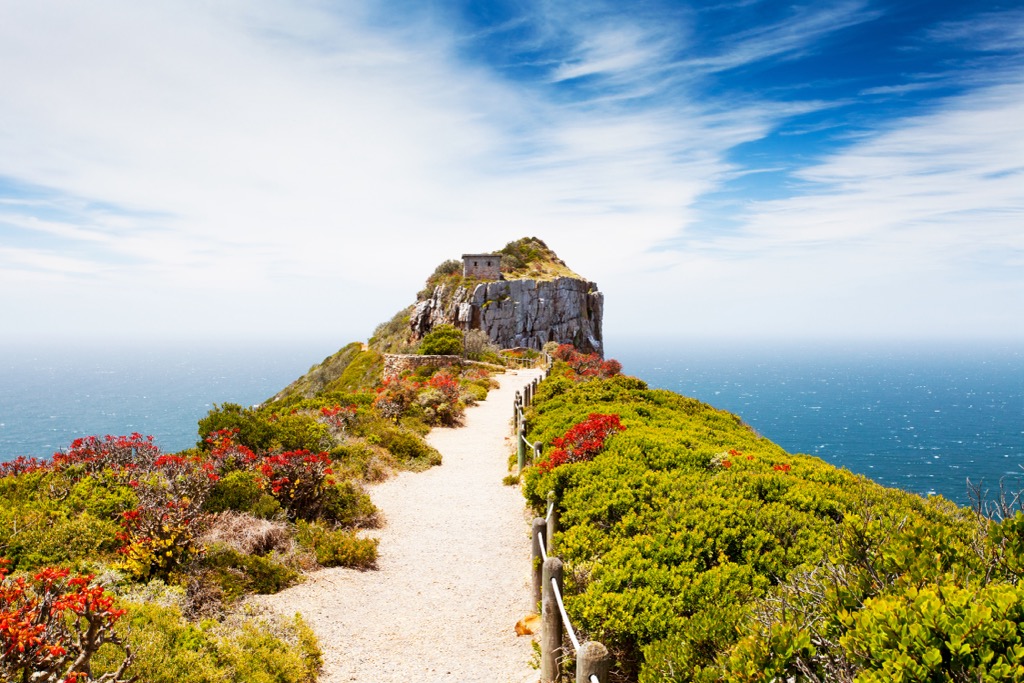
The City Bowl is the heart of Cape Town, nestled between Table Mountain and the Atlantic Ocean. It's home to many of the city's iconic landmarks, including the bustling Victoria & Alfred Waterfront, the historic Company's Garden, and the colorful Bo-Kaap neighborhood. This area is known for its vibrant nightlife, trendy restaurants, and cultural attractions.
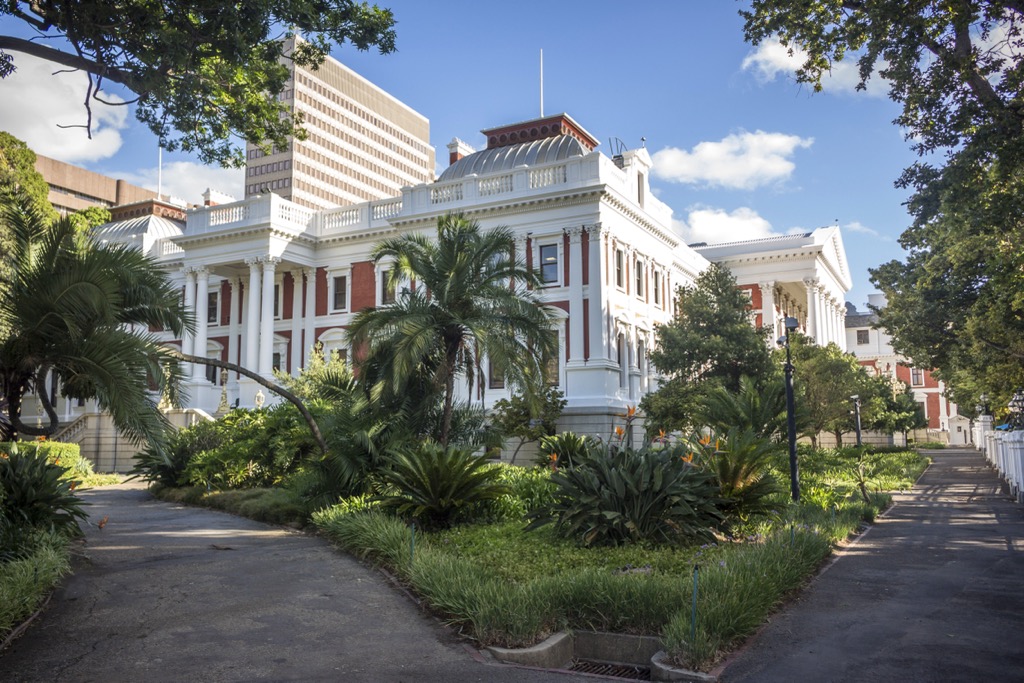
Stretching along the western coastline, the Atlantic Seaboard is famous for its affluent suburbs, pristine beaches, and luxury real estate. Neighborhoods like Camps Bay, Clifton, and Bantry Bay offer scenic ocean views and are popular destinations for sunbathing, surfing, and enjoying the coastal lifestyle.
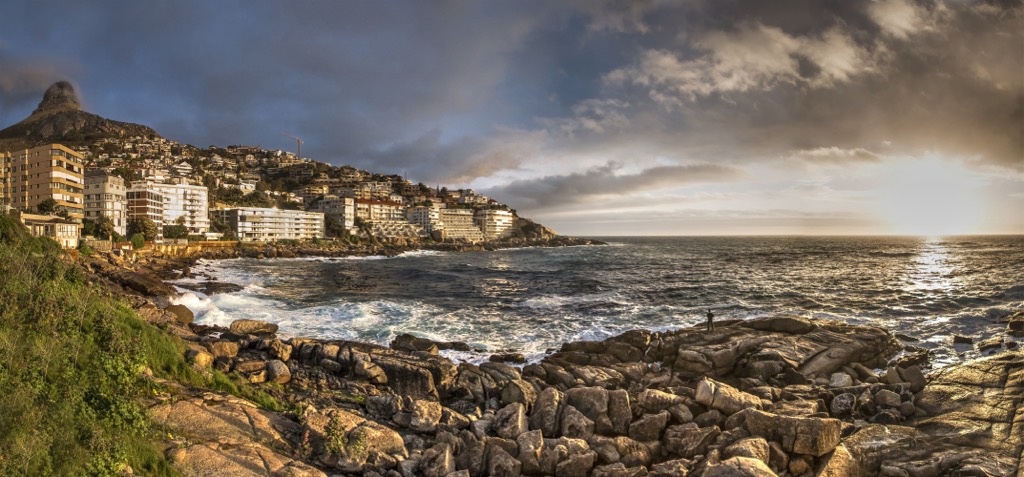
Just outside of Cape Town, the Cape Winelands region is famous for its picturesque vineyards, historic towns, and award-winning wine estates. Stellenbosch, Franschhoek, and Paarl are among the most well-known wine-producing areas, where visitors sample world-class wines in Cape Dutch estates.
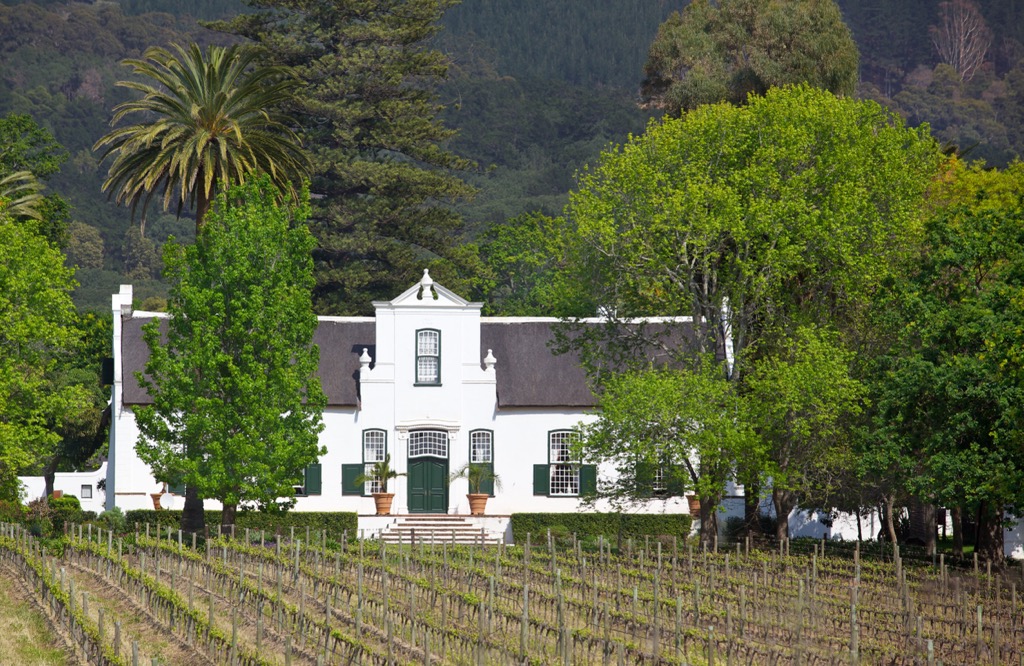
Explore City of Cape Town with the PeakVisor 3D Map and identify its summits.








